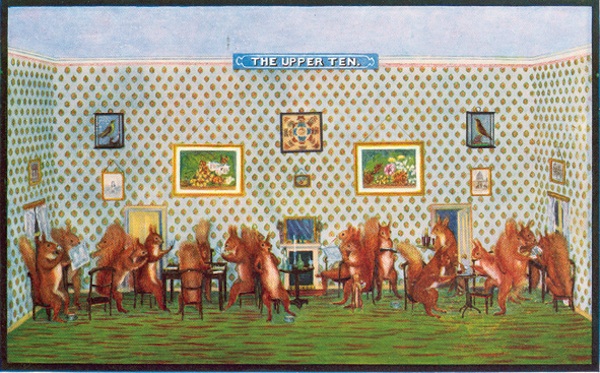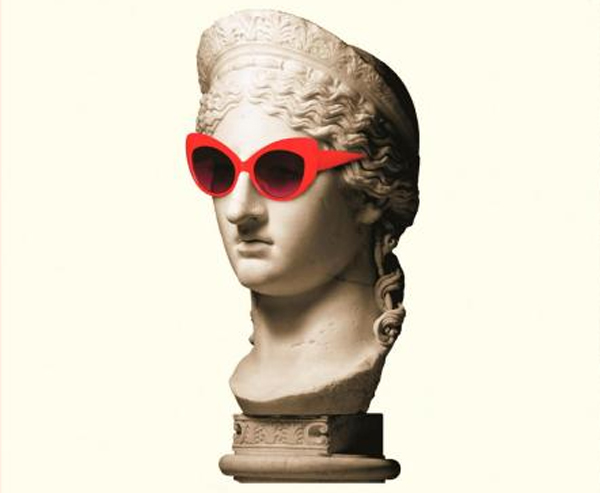Apple's work on India Movies | Adult Movies Onlineself-driving cars has been more secretive than just about every other project in the autonomous car space — but now, two of the company's scientists have published some of their auto-focused research for the first time.
The paper, authored by Apple engineers Yin Zhou and Oncel Tuzel and published in the independent journal arXiv, details a new computer imaging software technique called "VoxelNet" that could improve a driverless car system's ability to detect pedestrians and cyclists.
The scientists claim their new method could be even more effective than the two-tiered LiDAR and camera systems that have become the industry standard for object detection in self-driving cars. Those expensive systems depend on cameras to help determine the small or faraway objects (like pedestrians or cyclists) detected by LiDAR sensors, which use light beams to detect and map 3D obstacles in the world around the the vehicle.
SEE ALSO: Uber just made its biggest move yet to adopt self-driving carsThe VoxelNet system — which was named after the "voxel" unit of value for a point in a three-dimensional grid — eliminates the need for a camera to help identify the objects detected by LiDAR sensors, allowing the autonomous platform to work on LiDAR alone. The scientists tested the software using models that showed pedestrians, cyclists, and other faraway objects.
 Original image has been replaced. Credit: Mashable
Original image has been replaced. Credit: Mashable The new technique was only tested in computer simulations, so Apple will still need to put VoxelNet to the test on the streets IRL before it can actually remove the cameras from its self-driving platform. The initial results were called "highly encouraging," however, so it might not be too long before the system described in the public research is put into use, by Apple or some other self-driving projects.
It's rare for Apple to show its hand by publishing research or explaining products before an official launch, but self-driving development is a different space for the iPhone maker. Public testing, which is essential to autonomous systems, requires government oversight, so public documents like state permits have tipped the company's hand.
It's hard to hide a fully equipped self-driving car from being spotted on public roads, too. Apple's rig has reportedly been identified twice, even though rumors claim its driverless platform could be relegated to use for an employee shuttle bus to start.
We reached out to Apple for comment on how the new LiDAR-only object detection system might be implemented, but haven't heard back. We'll update the story if we get a response.
Topics Apple Self-Driving Cars
(Editor: {typename type="name"/})
 Trump signs AI education order to train K
Trump signs AI education order to train K
 What We’re Loving: Taxidermy, Heroines, Bad Ideas by The Paris Review
What We’re Loving: Taxidermy, Heroines, Bad Ideas by The Paris Review
 TikTok users are dressing up as their 'Republican
TikTok users are dressing up as their 'Republican
 Have Questions About The Paris Review? Ask Our Editors on Reddit! by The Paris Review
Have Questions About The Paris Review? Ask Our Editors on Reddit! by The Paris Review
 Acupuncture for pets is on the rise
Acupuncture for pets is on the rise
The Kindle Scribe just dropped to its lowest price ever, but is it worth it?
 Opens in a new window
...[Details]
Opens in a new window
...[Details]
Fifth Business by Brian Cullman
 Fifth BusinessBy Brian CullmanSeptember 11, 2013In MemoriamTom Forcade, Mayer Vishner, Abbie Hoffman
...[Details]
Fifth BusinessBy Brian CullmanSeptember 11, 2013In MemoriamTom Forcade, Mayer Vishner, Abbie Hoffman
...[Details]
What We’re Loving: ABCs, Akrasia, Antiquity by The Paris Review
 What We’re Loving: ABCs, Akrasia, AntiquityBy The Paris ReviewAugust 23, 2013This Week’s Reading“Lov
...[Details]
What We’re Loving: ABCs, Akrasia, AntiquityBy The Paris ReviewAugust 23, 2013This Week’s Reading“Lov
...[Details]
How to delete your Amazon account
 Amazon's Prime Day kicks off Tuesday, July 11, and runs through July 12. That means deals and lots o
...[Details]
Amazon's Prime Day kicks off Tuesday, July 11, and runs through July 12. That means deals and lots o
...[Details]
The strangeness of Japan's decision to start openly hunting whales
 Each year, Japanese whalers haul hundreds of harpooned whales aboard their giant 8,145-ton vessel, t
...[Details]
Each year, Japanese whalers haul hundreds of harpooned whales aboard their giant 8,145-ton vessel, t
...[Details]
Dr. Who Poetry, and Other News by Sadie Stein
 Dr. WhoPoetry, and Other NewsBy Sadie SteinSeptember 9, 2013On the Shelf“We’re trying to reorder som
...[Details]
Dr. WhoPoetry, and Other NewsBy Sadie SteinSeptember 9, 2013On the Shelf“We’re trying to reorder som
...[Details]
Saving the Harriet Beecher Stowe House, and Other News by Sadie Stein
 Saving the Harriet Beecher Stowe House, and Other NewsBy Sadie SteinSeptember 11, 2013On the ShelfA
...[Details]
Saving the Harriet Beecher Stowe House, and Other NewsBy Sadie SteinSeptember 11, 2013On the ShelfA
...[Details]
Pride and Prejudice by Sadie Stein
 Pride and PrejudiceBy Sadie SteinAugust 22, 2013Quote Unquote“You can’t learn to write in coll
...[Details]
Pride and PrejudiceBy Sadie SteinAugust 22, 2013Quote Unquote“You can’t learn to write in coll
...[Details]
Auburn vs. Creighton 2025 livestream: How to watch March Madness for free
 Where to stream 2025 March Madness online for free 5-Day Free Trial
...[Details]
Where to stream 2025 March Madness online for free 5-Day Free Trial
...[Details]
My Nothing to Hide by Amy Grace Loyd
 My Nothing to HideBy Amy Grace LoydSeptember 5, 2013First PersonI tried not to look. The couple coul
...[Details]
My Nothing to HideBy Amy Grace LoydSeptember 5, 2013First PersonI tried not to look. The couple coul
...[Details]
Here are the glorious proposed logos for Donald Trump's Space Force

Update your Mac, iPhone and iPad right now to fix critical security hole

接受PR>=1、BR>=1,流量相当,内容相关类链接。